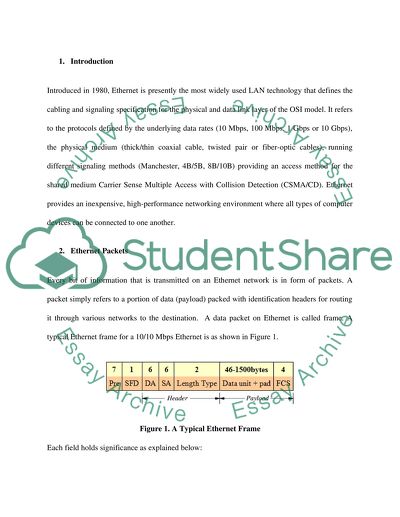Cite this document
(“The Ethernet Technology Report Essay Example | Topics and Well Written Essays - 1000 words”, n.d.)
The Ethernet Technology Report Essay Example | Topics and Well Written Essays - 1000 words. Retrieved from https://studentshare.org/information-technology/1435734-ethernet-report
The Ethernet Technology Report Essay Example | Topics and Well Written Essays - 1000 words. Retrieved from https://studentshare.org/information-technology/1435734-ethernet-report
(The Ethernet Technology Report Essay Example | Topics and Well Written Essays - 1000 Words)
The Ethernet Technology Report Essay Example | Topics and Well Written Essays - 1000 Words. https://studentshare.org/information-technology/1435734-ethernet-report.
The Ethernet Technology Report Essay Example | Topics and Well Written Essays - 1000 Words. https://studentshare.org/information-technology/1435734-ethernet-report.
“The Ethernet Technology Report Essay Example | Topics and Well Written Essays - 1000 Words”, n.d. https://studentshare.org/information-technology/1435734-ethernet-report.


